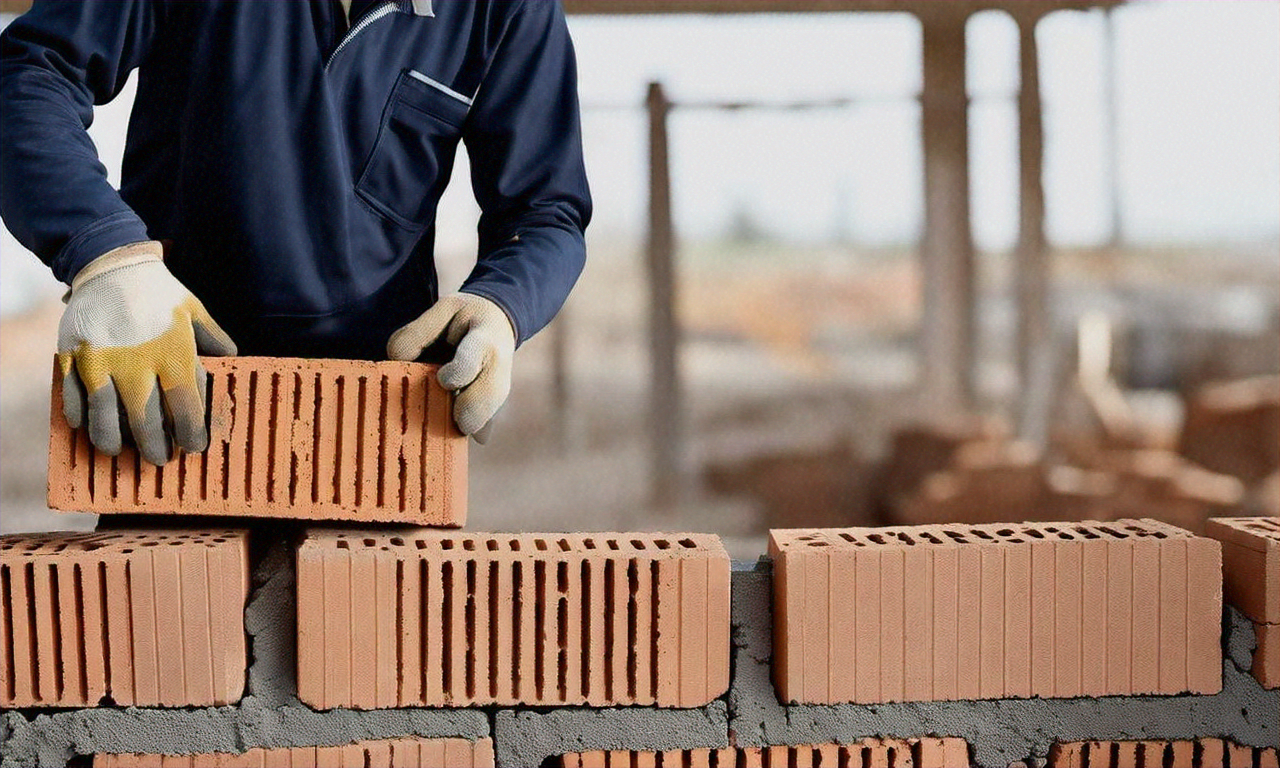Brick Mason Careers: Skills, Work, and How to Build a Stable Path
Brick masonry remains a cornerstone trade within construction, combining hands-on craft with structural know-how. This article explains what brick mason jobs entail, the typical skills and training involved, how bricklaying fits into broader building projects, and practical tips for developing a durable career in the trade. It does not advertise specific active job listings or imply immediate openings; instead it provides an overview to help readers understand the profession and how to pursue opportunities or local services in their area.

What does a brick mason do?
A brick mason shapes, sets, and bonds units such as brick, concrete blocks, and sometimes stone to construct walls, chimneys, façades, and other structures. The role blends physical labor with precision: measuring, cutting, aligning, and applying mortar to ensure correct levels and courses. Masonry work often requires reading plans and coordinating with other trades on a construction site. Work may be outdoors or in partially enclosed areas, and jobs vary from small residential repairs to large commercial building projects.
How is bricklaying performed?
Bricklaying starts with careful surface preparation, including foundations or base courses that ensure stability. Masons mix mortar to the appropriate consistency, butter bricks, and place them in running or bond patterns that interlock for strength. Tools include trowels, levels, jointers, hammers, and scaffolding to reach higher courses. Quality bricklaying balances speed and care; poorly aligned or inadequately mortared brickwork can lead to water ingress or structural concerns over time, making craftsmanship crucial for long-term building performance.
What construction contexts use masons?
Masons are integral to a wide range of construction projects: residential homes, commercial buildings, restoration and historic preservation, and infrastructure elements like retaining walls. In new building projects, brickwork may be load-bearing or a veneer attached to a framed structure. On renovation sites, masons assess existing masonry and perform repairs to maintain structural integrity and appearance. Collaboration with general contractors, architects, and structural engineers is common to ensure the brickwork meets codes and design intent.
What skills and training are important?
Key skills include measuring and layout, familiarity with mortar mixes, cutting and shaping units, and an eye for straight lines and correct bonds. Physical fitness, manual dexterity, and stamina help with repetitive lifting and working on scaffolds. Many masons begin through apprenticeships or vocational programs that combine classroom instruction with on-the-job training, plus safety certifications for scaffolding, fall protection, and silica exposure where applicable. Continual skill development—such as learning restoration techniques or modern veneer systems—can broaden career options.
How do brick masons affect building longevity?
Well-executed masonry contributes significantly to a structure’s durability, thermal performance, and curb appeal. Properly installed brickwork resists moisture, fire, and wind when detailed correctly, and effective flashing and weep systems prevent trapped water. Masons who understand both traditional techniques and modern building science can help avoid common problems like efflorescence, spalling, or mortar joint failure. Maintenance and correct material selection are part of long-term performance: good masonry reduces lifecycle repair costs and preserves the building’s value.
Conclusion
Brick mason jobs offer a blend of skilled craft, technical knowledge, and practical problem-solving within the construction sector. Whether you’re exploring training options, looking to hire local services, or simply researching the trade, understanding the core tasks, skills, and contexts for bricklaying and masonry work will help you make informed decisions. This overview aims to clarify the profession without suggesting the existence of specific active job openings.






